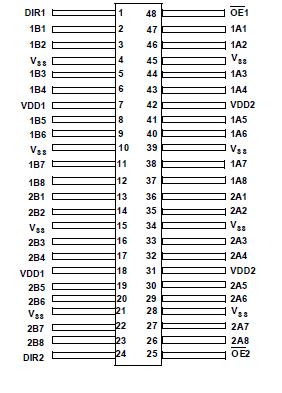UT54ACS164245S: Features: · Voltage translation- 5V bus to 3.3V bus- 3.3V bus to 5V bus· Cold sparing- 1MW minimum input impedance power-off· 0.6mm Commercial RadHardTM CMOS- Total dose: 100K rad(Si)- Single Event ...
floor Price/Ceiling Price
- Part Number:
- UT54ACS164245S
- Supply Ability:
- 5000
Price Break
- Qty
- 1~5000
- Unit Price
- Negotiable
- Processing time
- 15 Days
SeekIC Buyer Protection PLUS - newly updated for 2013!
- Escrow Protection.
- Guaranteed refunds.
- Secure payments.
- Learn more >>
Month Sales
268 Transactions
Payment Methods
All payment methods are secure and covered by SeekIC Buyer Protection PLUS.

 UT54ACS164245S Data Sheet
UT54ACS164245S Data Sheet







